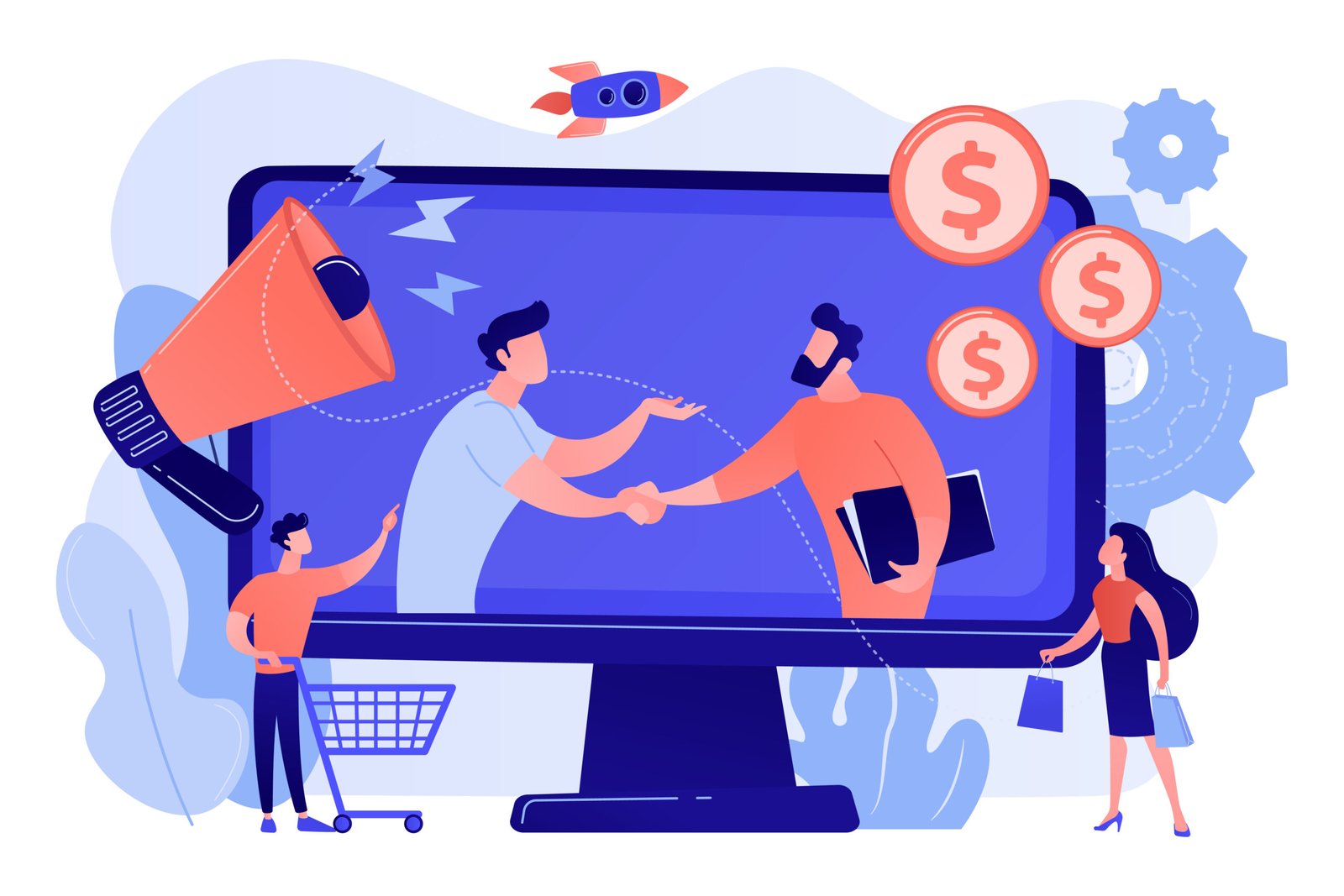The digital world has completely reshaped B2B marketing. Traditional methods no longer deliver real growth. Just 200 pioneers laid the groundwork that turned digital marketing into what we see today. This small group of early users explains why many trends start in the shadows.
Several reasons explain this pattern. Many companies call themselves “innovative” without actually accepting new ideas. These hidden trends often challenge old ways of doing things, making traditional companies uncomfortable. Real state-of-the-art approaches usually come from specialist groups rather than mainstream marketing channels. Think over these hidden B2B trends:
- Private community building: 86% of B2B buyers trust peer communities when evaluating software and services, yet many companies still focus mainly on public content.
- Intent data utilization: Companies that use intent data see conversion rates 2.5x higher than traditional lead campaigns, yet this method stays underused.
- Interactive content development: These formats generate twice the engagement and keep users on site four times longer than static content, yet many marketers continue relying on basic content types.


